I'm designing a device for use in a non-climate-controlled environment (garage, shed, etc.) If I understand it correctly, this puts me directly into pollution group 3 unless I can also engineer it to be inside a sealed enclosure, which is probably not practical. It is, however, going to be in an enclosed metal box with basic dust protectors over the air intakes.
I would like to use components with standard 2.54 mm pitch, but as I understand it (not helped by the standards being unavailable), PG3 means I need 1.05mm creepage (for 12 V; 1mm for 5V) which is unattainable at this pitch with solder pads of any reasonable size.
I might be able to substitute some components, but not the microcontroller. Never mind the microcontroller board probably isn't built for PG3 either.
"Pot everything" isn't really an option, as a) I'm assembling this myself, and b) I'm dealing with rather large boards, up to 125 mm in some cases.
Is there anything I can do? Do I really need to be following PG3 rules (this isn't entirely clear), or is there something I can feasibly do that would let me get away with only PG2 creepages? Is there a way to increase creepage, keeping in mind I need to put parts on top of things, and I don't have 1mm between pads to add cuts?
p.s. I'm dealing with entirely THT design, no SMD components. (Also, if it makes a difference, with basic two-layer boards.)
